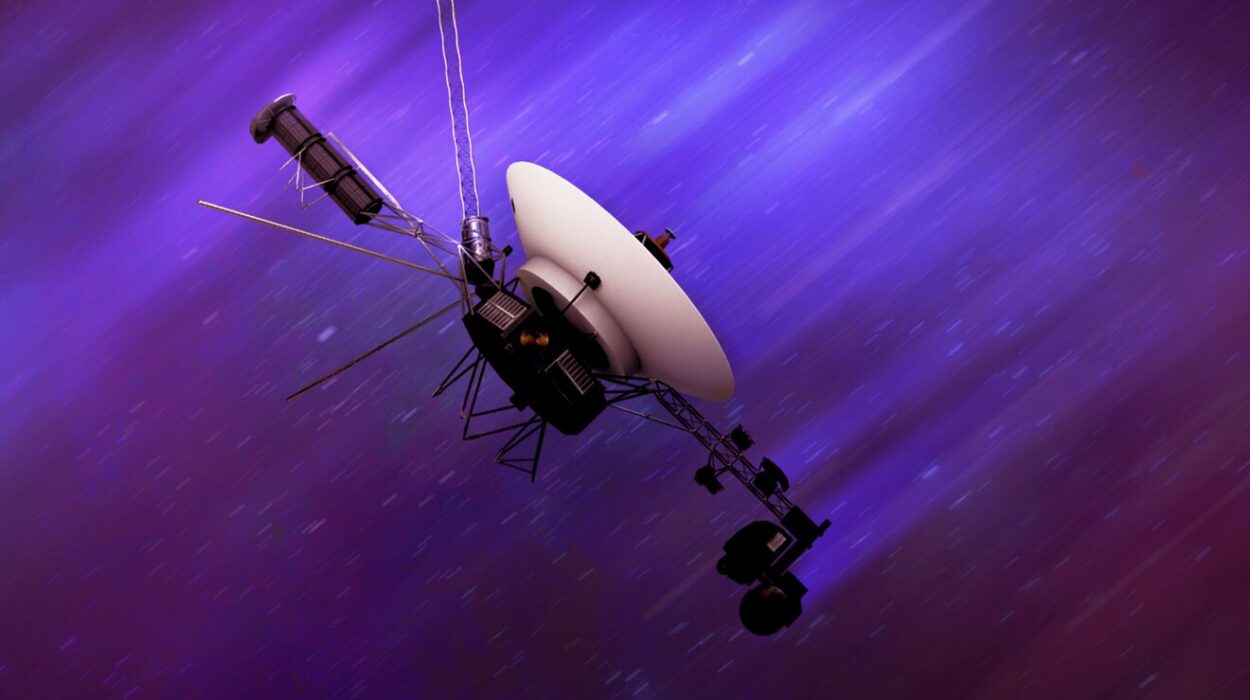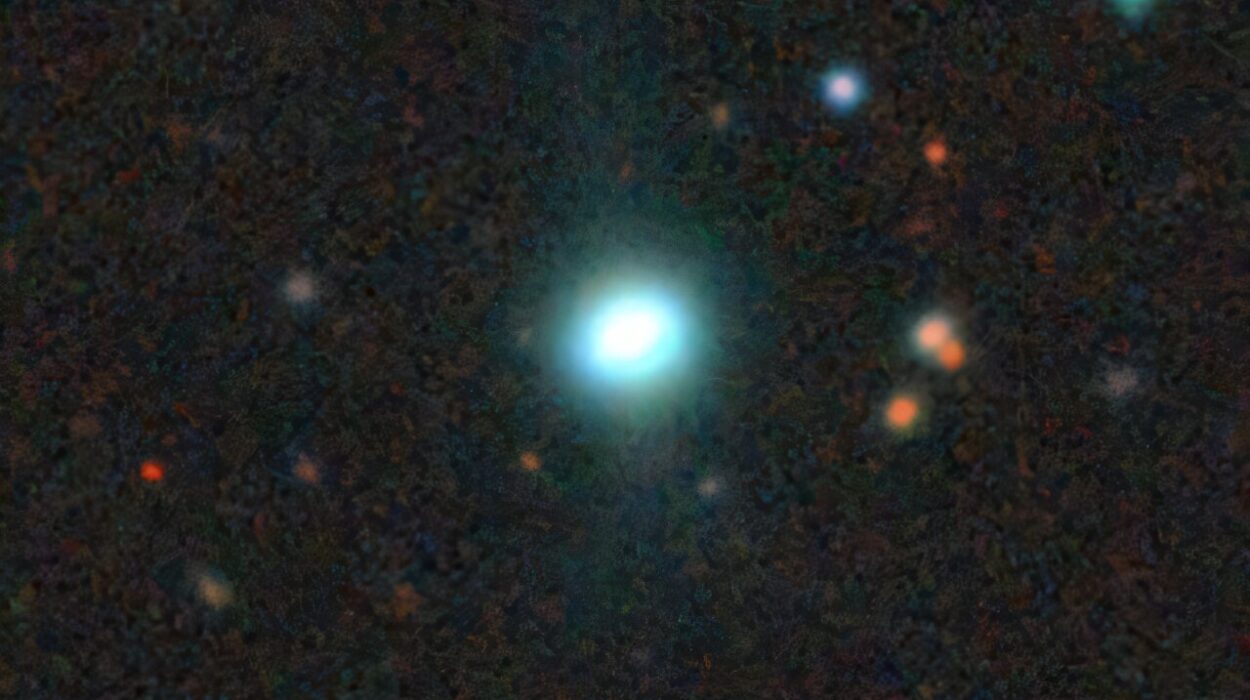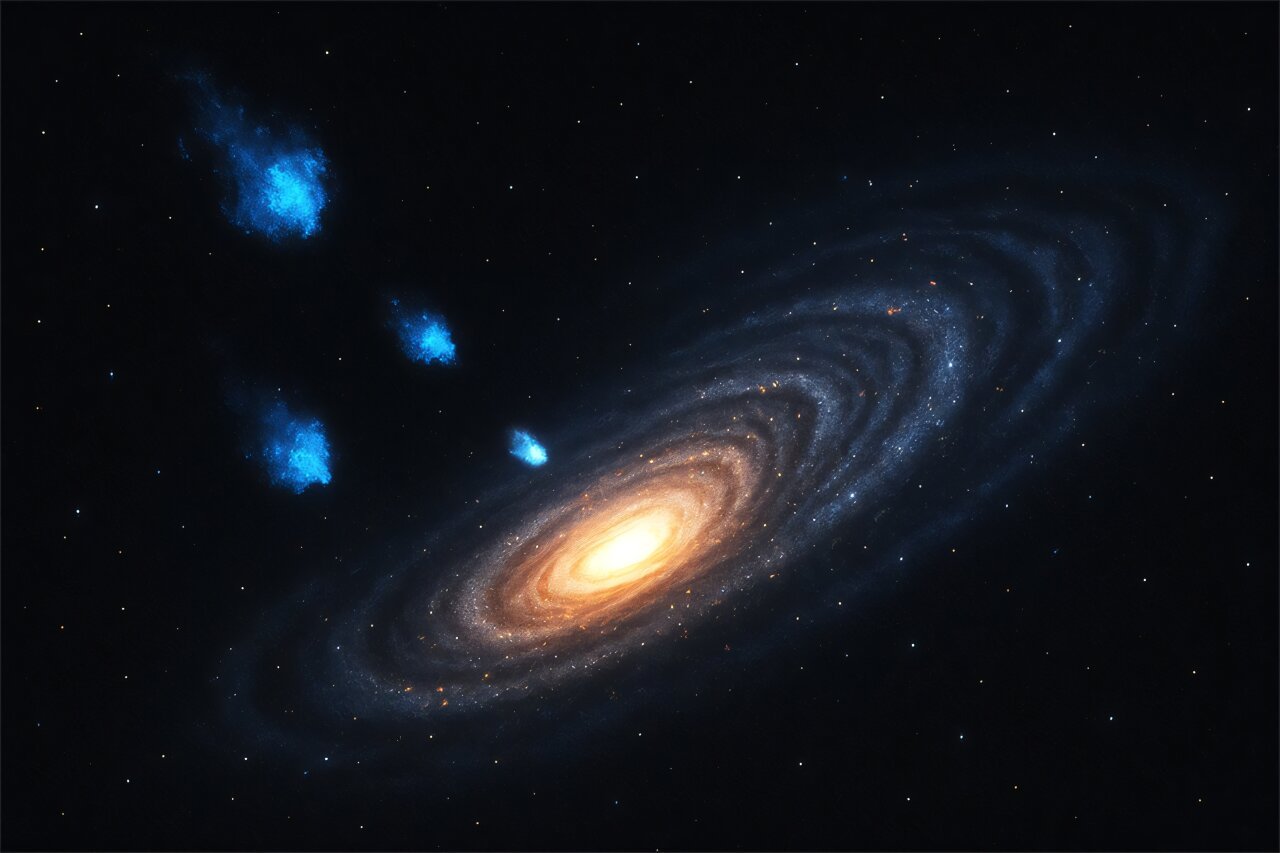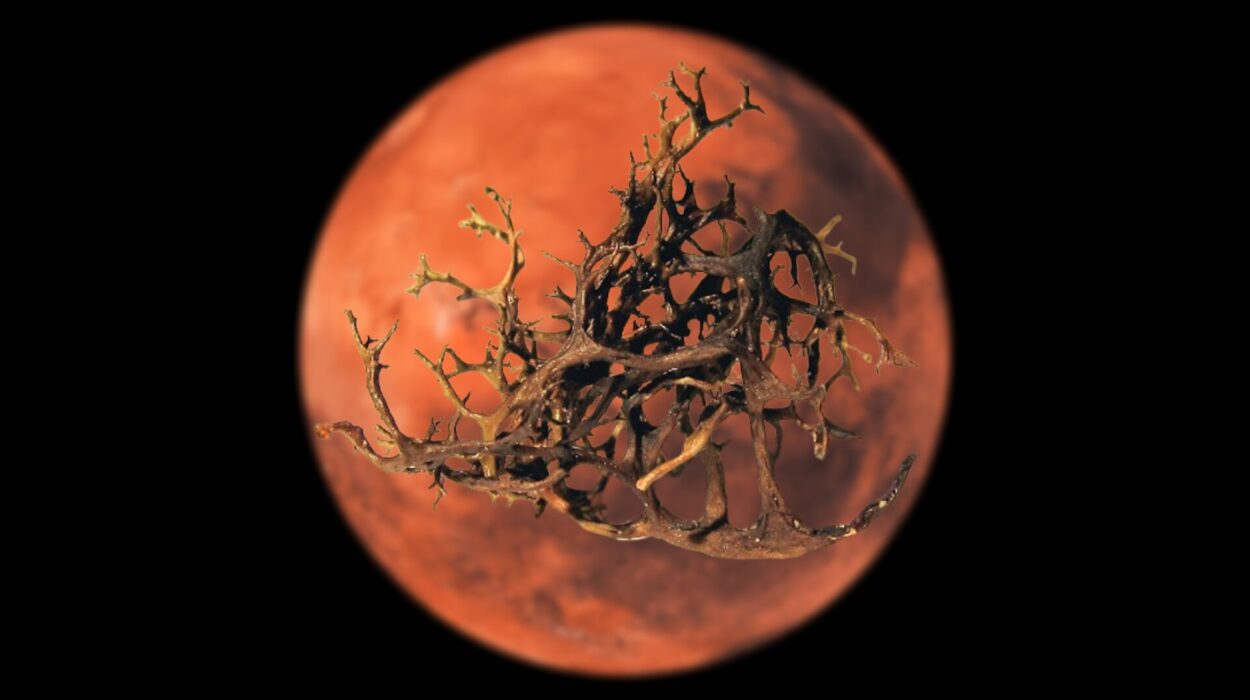In a milestone for astronomy and open science, the international COSMOS-Web collaboration has released the most expansive and detailed map of the universe to date. This map, stitched together from 255 hours of infrared observation by the James Webb Space Telescope (JWST), charts nearly 800,000 galaxies—an atlas that spans 98% of the universe’s age, reaching back to the first few hundred million years after the Big Bang.
It is more than just a pretty picture; it is a paradigm-shifting scientific artifact. Called the COSMOS-Web field, this monumental project is not only larger and deeper than any before—it is also upending what we thought we knew about the early universe.
“This is not just another deep field,” said Caitlin Casey, a cosmologist at UC Santa Barbara and one of the project’s two principal investigators. “It’s a redefinition of what we thought the early universe looked like.”
The COSMOS-Web field is already proving to be a cosmic time machine with a few surprises up its sleeve.
A Map Unlike Any Other
To understand how revolutionary COSMOS-Web is, consider the previous standard-bearer: the Hubble Ultra Deep Field, released in 2004. That image, painstakingly assembled over weeks of telescope time, revealed a window into the distant past—a view of nearly 10,000 galaxies crammed into a tiny patch of sky the size of a grain of sand held at arm’s length.
But COSMOS-Web isn’t just a deeper look; it’s a far broader one. According to Casey, if the Hubble Ultra Deep Field were printed on a standard sheet of paper, COSMOS-Web would be a 13-foot-by-13-foot mural at the same depth. In effect, it’s a Hubble Deep Field expanded by orders of magnitude, revealing tens of thousands more galaxies across a much more statistically robust region of sky.
And those galaxies? They’re not random smudges of light. They’re structured, evolving entities, formed in dynamic cosmic neighborhoods—some crammed into dense knots, others isolated in dark voids. The structure of this newly revealed early universe tells a more nuanced story than ever before.
Time Travel Through Light
Every point of light captured in the COSMOS-Web mosaic is a galaxy—a gravitationally bound system of billions of stars, some perhaps with planets and even life. Because light takes time to travel, the further away an object is, the older the light we see.
The furthest galaxies in the COSMOS-Web image are estimated to be 13.5 billion light-years away. That means we are seeing them as they were just 300 million years after the Big Bang—a mere heartbeat in cosmic terms. With the universe now thought to be 13.8 billion years old, COSMOS-Web offers a visual record of nearly all of cosmic time.
This immense timespan enables researchers to do something previously impossible: watch how galaxies grow, change, and cluster from infancy to adolescence to maturity.
A Cosmic Surprise: Galaxies Too Soon
The JWST was expected to show us more galaxies than Hubble, given its superior resolution and infrared capabilities. But what COSMOS-Web has revealed exceeded astronomers’ boldest predictions.
One of the most startling revelations is the sheer number of massive galaxies present in the early universe. Based on Hubble data and prevailing models, researchers had predicted a sparse landscape—galaxies would be tiny, dim, and just beginning to assemble. Instead, JWST is detecting up to ten times more galaxies than expected in the first 500 million years.
Even more astonishingly, some of these galaxies already appear mature, hosting supermassive black holes and star populations that suggest rapid, chaotic growth.
“How could these galaxies have formed so fast?” asked Casey. “It’s like seeing a fully grown adult where you expected a toddler. It doesn’t make sense with our current understanding of cosmological growth rates.”
This is not a small problem. If the universe could build billion-solar-mass galaxies within a few hundred million years, then our models of star formation, black hole growth, and the very physics of the early universe may need revision.
Challenging the ΛCDM Model
These findings have stirred up questions about the standard cosmological model—the so-called ΛCDM (Lambda Cold Dark Matter) model that has dominated cosmology for decades. ΛCDM assumes a slow, hierarchical build-up of galaxies: small structures form first and gradually merge into larger ones.
But COSMOS-Web’s discovery of large galaxies forming too quickly puts pressure on this framework. If these observations hold up under scrutiny, we may need new physics to explain them.
Possibilities include modifications to how dark matter behaves in the early universe, variations in the density fluctuations after the Big Bang, or even tweaks to inflationary theory. Some researchers have suggested the need for a new class of “primordial” galaxies that bypass normal formation timelines.
Whether these anomalies are due to gaps in theory or the limits of our instruments, one thing is certain: the early universe is proving to be much more dynamic—and perhaps chaotic—than we imagined.
Building the Atlas: The COSMOS Collaboration
The COSMOS-Web project is not the work of a single institution or nation. It is a truly multinational effort, with over 100 scientists from around the globe working in concert.
Led by Caitlin Casey and Jeyhan Kartaltepe of the Rochester Institute of Technology, the collaboration spent two years assembling the JWST data into an accessible form: not just beautiful images, but scientifically calibrated catalogs of galaxies, brightnesses, redshifts, and morphologies.
And in the spirit of open science, the data has been freely released to the world.
This democratization of knowledge is a key part of the team’s philosophy. “The best science is really done when everyone thinks about the same data set differently,” said Casey. “It’s not just for one group of people to figure out the mysteries.”
The processed images and catalogs are designed to be usable even by undergraduate students. Already, researchers across the globe are mining the dataset to ask new questions about dark matter, cosmic structure, and galaxy evolution.
What’s Next? Spectroscopy and the Chemistry of the Early Universe
To verify the extreme distances of the newly discovered galaxies, researchers will now turn to spectroscopy—breaking light into its component wavelengths to measure redshift more precisely.
This will not only confirm which galaxies are the oldest, but also unveil their chemical fingerprints. Early galaxies carry the signatures of the first stars—some of which may have been made only of hydrogen and helium, the primordial elements forged in the Big Bang.
By measuring the abundances of nitrogen, carbon, oxygen, and other elements, scientists hope to reconstruct the interstellar chemistry of the early cosmos. These data will help answer a crucial question: When and how did the universe go from being a formless plasma to a rich, structured place filled with stars, planets, and eventually, life?
Dark Matter, Black Holes, and the Next Big Questions
In the wake of COSMOS-Web, scientists are also using the data to probe deeper mysteries—like the nature of dark matter, the invisible scaffolding believed to hold galaxies together.
By analyzing how galaxies cluster and move over time, researchers can infer where dark matter lies. Some of the unexpected galaxy distributions seen in COSMOS-Web might hint at alternative models for dark matter behavior in the early universe.
The data is also offering an unexpected bounty of supermassive black holes—some so early and massive that their existence is difficult to explain with existing theories. How did these monsters grow so fast in such a young universe? Could they have formed from direct collapse, rather than from the remnants of stars?
As scientists dig into the COSMOS-Web archive, these questions—and others not yet imagined—are bound to shape the next decade of astrophysics.
A New Era of Exploration Begins
With the release of COSMOS-Web, the astronomical community has entered a new epoch of exploration. For the first time, humanity possesses a wide-angle, high-resolution portrait of the entire universe’s history.
And it’s not just for the experts. With its interactive browser-based tools and open-access datasets, COSMOS-Web is inviting the entire world to join in the search.
This is science not as a product, but as a process. A collective journey to understand the cosmos—not through one person’s eyes, but through many.
As Caitlin Casey put it, “There’s a lot left to learn, and we’re just beginning to scratch the surface.”
Explore the COSMOS-Web Field:
The full image is available for exploration through NASA’s interface, allowing users to zoom through billions of years of cosmic history. The accompanying research papers are currently under peer review at the Astrophysical Journal and Astronomy & Astrophysics.
And the data? It’s yours. Dive in. The universe awaits.






